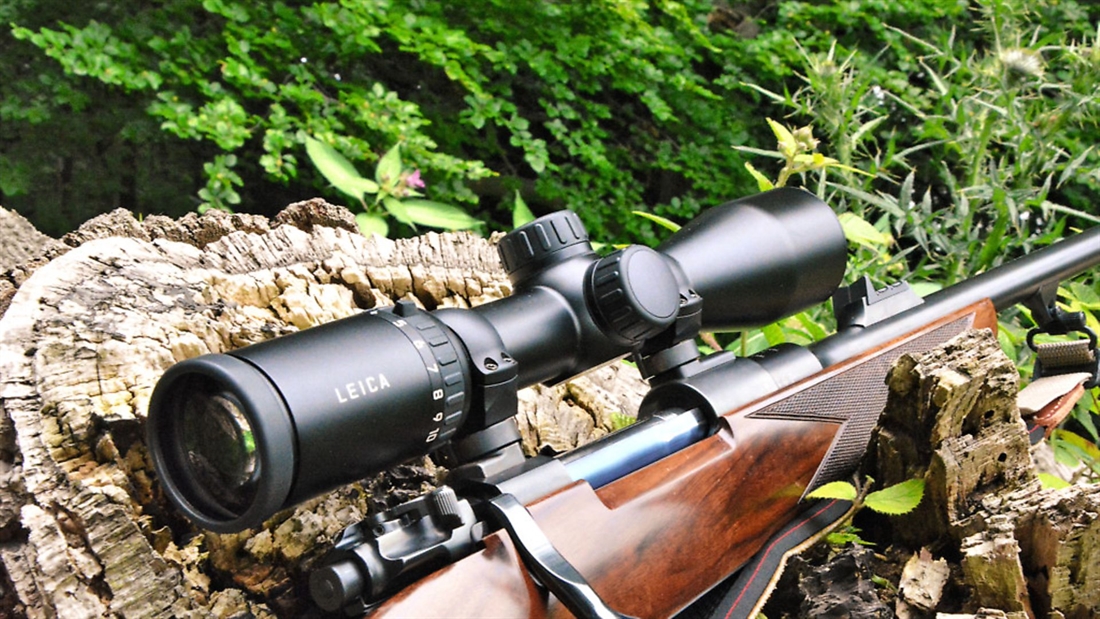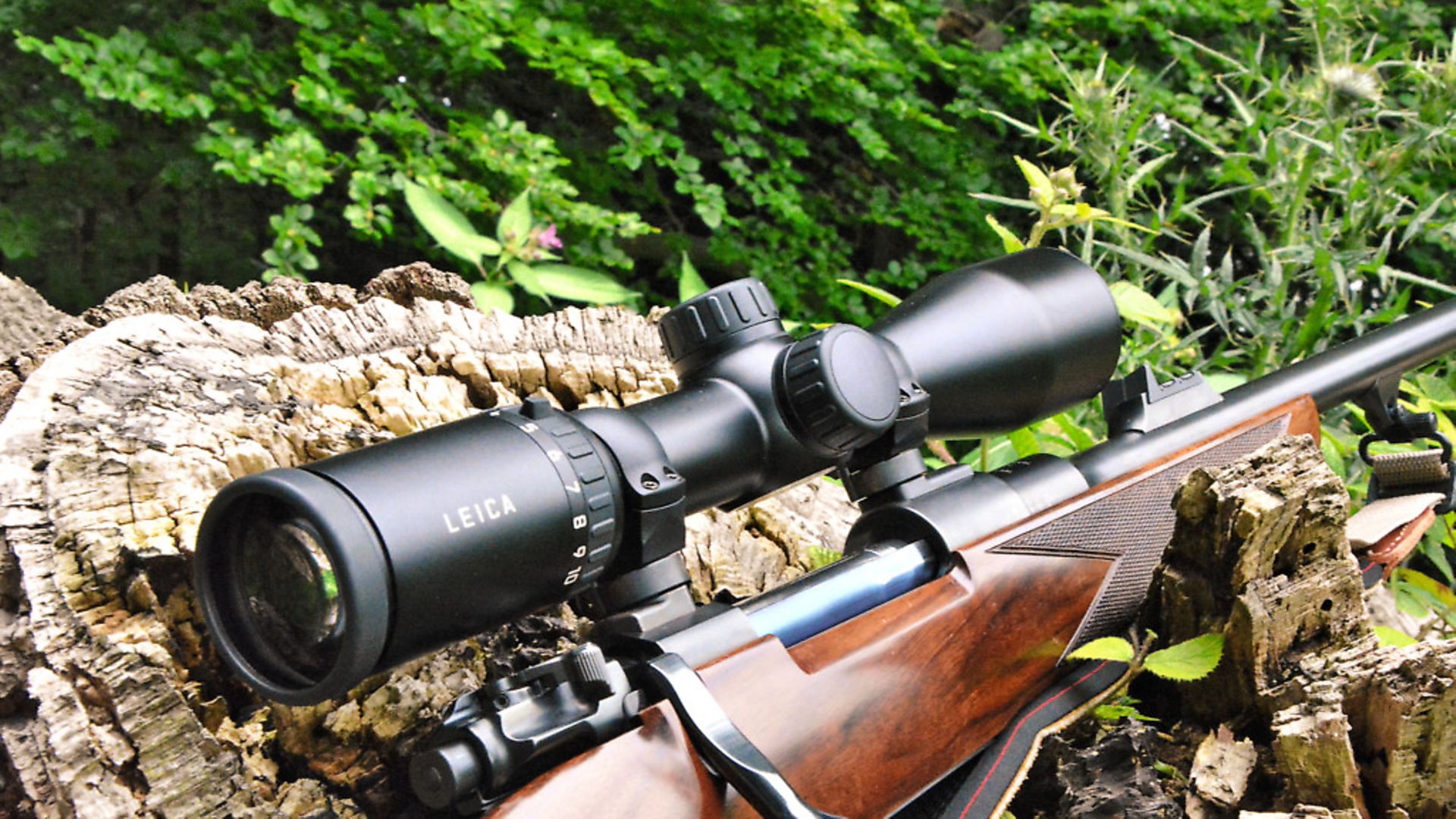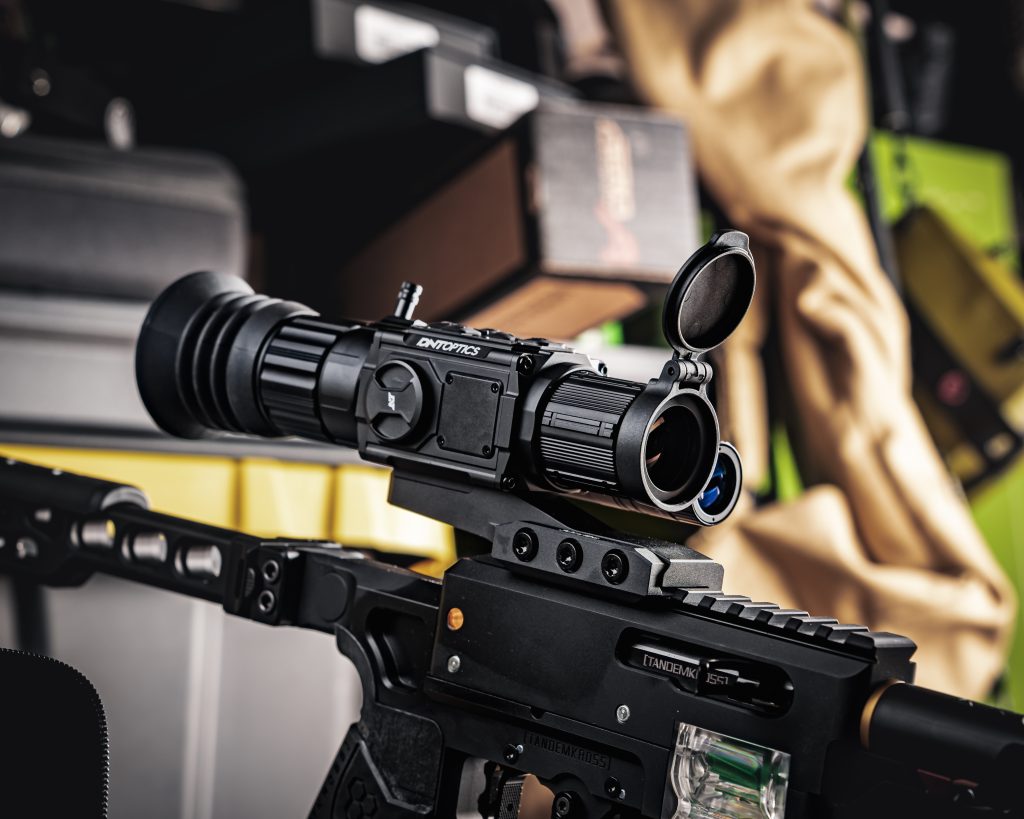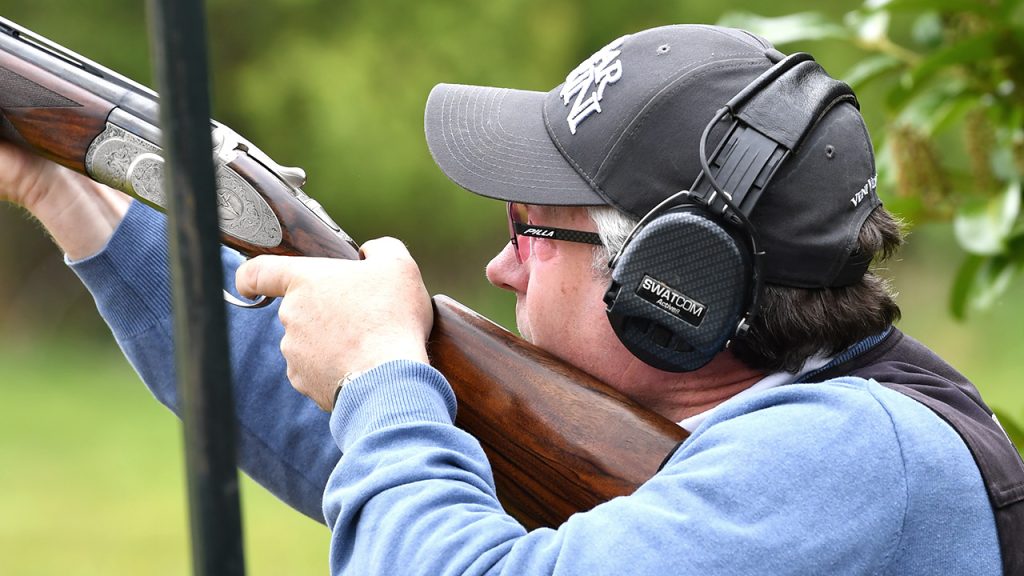Leica Magnus 1.5-10×42 Non-illuminated riflescope – tried & tested

Subtle styling, superb daylight optics and clever dialling turrets mean Chris struggles to find a negative when testing the Leica Magnus 1.5-10×42 non-illuminated riflescope
FOR
* Discreet styling with capability placed ahead of flashy looks
* Superb daylight optics with ultra-sharp reticle
* Smaller objective lens allows it to remain closer to the bore
* Broad dioptre adjustability at the fast focus eyepiece
AGAINST
* Nothing at all
VERDICT
* Yet another superb optic from Leica. This scope will last far longer than your perfect eyesight though, and I would personally buy illumination now as I’d hate to wish I had it later in life
TECH SPECS
Leica Magnus 1.5-10×42, Non-illuminated
RRP: £1,838
Field of view: 26m-4.1m @100m
Eye relief: 100mm
Exit pupil: 4.2-12.4mm
Parallax: Fixed at 100m
Dioptre compensation: -4/+3
Coatings: AquaDura
Light transmission: ~92%
Tube diameter: 30mm
Click value: 1cm @100m
Max internal adjustment: 150x140cm @ 100m
Length: 315mm
Weight: 600g
Waterproof: 4m
CONTACT: http://uk.leica-camera.com 0207 629 1351
IN DEPTH
The fact that Leica’s second-generation Magnus scopes showed minimal alteration of the primary design would indicate that they allowed the product to naturally evolve, rather than repair any fundamental flaws seen previously. Further evolution can now be seen in respect of lighter weights and less complications, because the superb image quality available from the Magnus optics is now available in non-illuminated format.
I was supplied with a 1.5-10×42 on a Rigby Highland Stalker, which certainly turned out to be a rifle that didn’t want to be overwhelmed by bulky optics in order to remain in character. This Magnus immediately showed discreet charm and quality, with everything about it being visually very minimalist, apart from a single red Leica logo. Even the lettering for name and magnification values remains silver on the smooth matt black anodising. Its 42mm objective lens, within the 50mm overall external diameter of the outer body, will sit low to an action such as this and not interfere with open sights either. A 30mm tube, with the thicker 1.5mm aluminium walls Leica is so proud of, offers greater strength and durability on a hunting rifle with a saddle roughly in the centre of the overall tube space. A rail mount is available, but the UK market (and I) still like a plain old tube in most cases. Both windage and elevation are adjusted with fingertip dials under the screw-off caps, which have rubberised teeth to aid grip in gloves. The underlying dial is ideal for a hunting rifle as it is both compact and can be reset to visually indicate your rifle’s primary zero at perhaps 100m. Unlike some dials that are ‘lift to float’, then twisted to indicate zero position, these dials are virtually impossible to accidentally make a mistake on. You need to press in the centre of the dial, rotate the inlaid collar that surrounds its base, and then release pressure to lock the collar/indicator. Note: this is just the visual zero indicator, not the actual ‘clicks’ to alter internal movement. It’s likely this will be fitted to a hunting/stalking rifle, not one to be dialled back and forth for longer range shots, although the accuracy of the 1cm at 100m clicks was consistent. Adding three or four clicks above your 100m baseline on an occasional basis, to optimise for longer point-blank range, is simple and well marked, and your return to the original zero is assured.
Both elevation and windage dials are clearly marked clockwise up/right with 100 clicks per turn. One complete elevation revolution will provide 100cm at 100m, or 1mRad, and remains the most logical decimal system out there. Windage runs left and right of ‘0’ centre, and I like to see this clearly marked the way Leica has. Too many manufacturers are lazy with this element and simply copy the ambiguously marked elevation dial, whose markings no longer appear obvious when applied to windage. Adjusting the dials with gloves on is a little tricky, but fingertip control is fine and the clicks are well weighted to remain tactile yet quiet, with the outer caps spinning easily on and off without any hint of cross-threading them.
The ocular body begins with rubberised teeth on the rotating magnification ring, with a small wing marker at 4.5x magnification, aiding grip and marking the approximate setting applied in the dark. Spinning it all the way clockwise drops you down to 1.5x, which is visually hard to differentiate from a true 1x and provides 26m at 100m field of view. Also of note is the minimal spherical fish-eye effect some optics appear to show with anything other than perfect eye placement in the very, very centre of the exit pupil. Shooting with both eyes open on quickly marked quarry is far more relaxing, and allows greater spatial awareness and the ability to see bullet strike with the off-eye open. Leica has fitted a simple No.4 reticle with slim centre posts surrounded by thicker outer bands towards the circumference. This is in the second focal plane, so remains constant in size regardless of magnification, with crisp focus offered by the huge -4/+3 dioptre control in the fast-focus eyepiece. Don’t underestimate this wide range as it is market leading, and for those wanting to leave their glasses at home, a distinct benefit. On a scope that is designed to last a lifetime you may well appreciate it more in years to come, as your own eyes lessen in capability as the next decade or two pass us by. Wound up to 10x, you can still quarter most tiny targets, but you will need sharp eyes to truly appreciate how good the Leica glass is with good contrast and a slightly warmer image, to my mind, than usual.
Contrast seems rich, yet we all have that occasion where some form of quarry or another suddenly leaps out of a backing colour that had hidden it in plain sight. It’s all very well wishing we had better contrast, but there are limits, and this is a scope for daylight hunting. I must say I really appreciate being able to initiate a dully glowing centre dot in poor light and heavy cover, as I find it more relaxing to subconsciously always ‘know’ where the reticle’s centre is without uncertainty; however, many dislike it and never use it, so the non-illuminated Magnus does make sense and suited the Rigby well. It’s a rifle most likely used in bright daylight on a Scottish hillside, or beyond our shores into real sunshine. I used the scope for some woodland stalking, which in June saw me out late into the night, and I was delighted with how far the Leica took me towards total darkness, especially with heavy leaf cover in both the low foliage and the upper canopy creating an overall dim light with large, even darker shadowy areas below them.
Ninety millimetres of eye relief is about as close as I would want to be on a heavy recoiling rifle from a prone position, but the eye-box or range of movement within that well-presented exit pupil allows good versatility from multiple shooting positions. Parallax is fixed at 100m, but on a 10x scope it’s harder to notice any faults directly with parallax, and you are more likely just to see a generally fuzzier focus on the entire image from a lack of adjustment. All you need to do is turn the magnification down a little and, hey presto, clear as a bell again! This is how delightfully simple airgun hunting used to be! A true 1x scope on a lower magnification range/smaller objective lens may offer nearly double the field of view to obtain and retain sight of the quarry running through trees, but all optics are a compromise, and here the exit pupil is appreciably larger for better low-light performance; on a rifle for mixed game hunting trips, that is a distinct plus point. That 6.6x magnification range is not to be dismissed as aiding massive versatility from a 300m shot onto a large plains animal to a close-in bruiser, but personally, I still think I prefer illumination, especially in the woods for point/swing and shoot action on dark-furred boar tearing through undergrowth.
Related Articles
Get the latest news delivered direct to your door
Subscribe to Rifle Shooter
Elevate your shooting experience with a subscription to Rifle Shooter magazine, the UK’s premier publication for dedicated rifle enthusiasts.
Whether you’re a seasoned shot or new to the sport, Rifle Shooter delivers expert insights, in-depth gear reviews and invaluable techniques to enhance your skills. Each bi-monthly issue brings you the latest in deer stalking, foxing, long-range shooting, and international hunting adventures, all crafted by leading experts from Britain and around the world.
By subscribing, you’ll not only save on the retail price but also gain exclusive access to £2 million Public Liability Insurance, covering recreational and professional use of shotguns, rifles, and airguns.
Don’t miss out on the opportunity to join a community of passionate shooters and stay at the forefront of rifle technology and technique.





